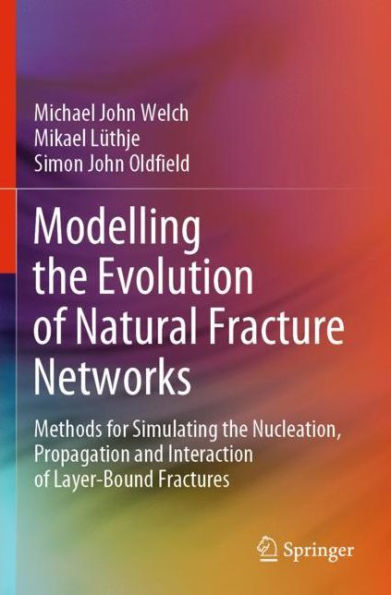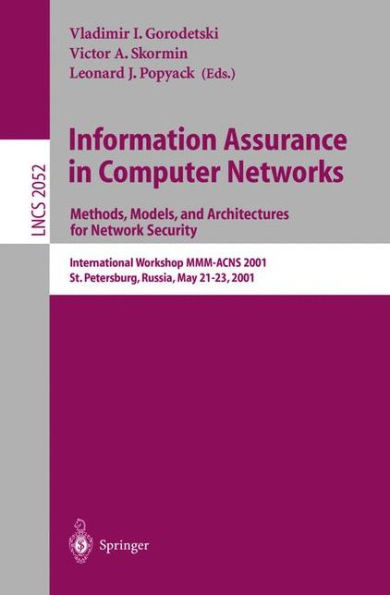Home
Modelling the Evolution of Natural Fracture Networks: Methods for Simulating Nucleation, Propagation and Interaction Layer-Bound Fractures
Loading Inventory...
Barnes and Noble
Modelling the Evolution of Natural Fracture Networks: Methods for Simulating Nucleation, Propagation and Interaction Layer-Bound Fractures
Current price: $159.99


Barnes and Noble
Modelling the Evolution of Natural Fracture Networks: Methods for Simulating Nucleation, Propagation and Interaction Layer-Bound Fractures
Current price: $159.99
Loading Inventory...
Size: Hardcover
*Product Information may vary - to confirm product availability, pricing, and additional information please contact Barnes and Noble
This book presents and describes an innovative method to simulate the growth of natural fractural networks in different geological environments, based on their geological history and fundamental geomechanical principles.
The book develops techniques to simulate the growth and interaction of large populations of layer-bound fracture directly, based on linear elastic fracture mechanics and subcritical propagation theory. It demonstrates how to use these techniques to model the nucleation, propagation and interaction of layer-bound fractures in different orientations around large scale geological structures, based on the geological history of the structures. It also explains how to use these techniques to build more accurate discrete fracture network (DFN) models at a reasonable computational cost. These models can explain many of the properties of natural fracture networks observed in outcrops, using actual outcrop examples. Finally, the book demonstrates how it can be incorporated into flow modelling workflows using subsurface examples from the hydrocarbon and geothermal industries.
Modelling the Evolution of Natural Fracture Networks
will be of interest to anyone curious about understanding and predicting the evolution of complex natural fracture networks across large geological structures. It will be helpful to those modelling fluid flow through fractures, or the geomechanical impact of fracture networks, in the hydrocarbon, geothermal, CO2 sequestration, groundwater and engineering industries.
The book develops techniques to simulate the growth and interaction of large populations of layer-bound fracture directly, based on linear elastic fracture mechanics and subcritical propagation theory. It demonstrates how to use these techniques to model the nucleation, propagation and interaction of layer-bound fractures in different orientations around large scale geological structures, based on the geological history of the structures. It also explains how to use these techniques to build more accurate discrete fracture network (DFN) models at a reasonable computational cost. These models can explain many of the properties of natural fracture networks observed in outcrops, using actual outcrop examples. Finally, the book demonstrates how it can be incorporated into flow modelling workflows using subsurface examples from the hydrocarbon and geothermal industries.
Modelling the Evolution of Natural Fracture Networks
will be of interest to anyone curious about understanding and predicting the evolution of complex natural fracture networks across large geological structures. It will be helpful to those modelling fluid flow through fractures, or the geomechanical impact of fracture networks, in the hydrocarbon, geothermal, CO2 sequestration, groundwater and engineering industries.







